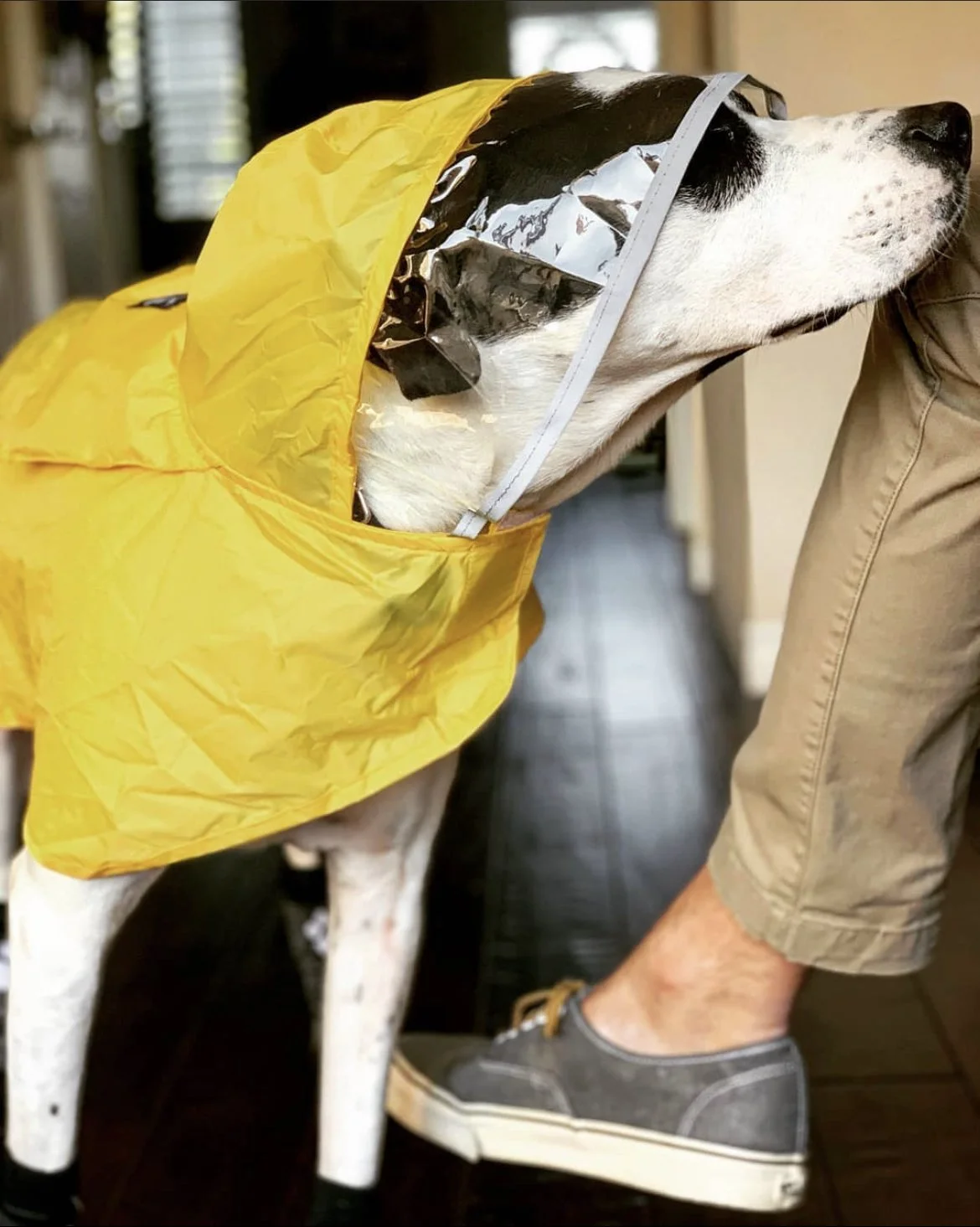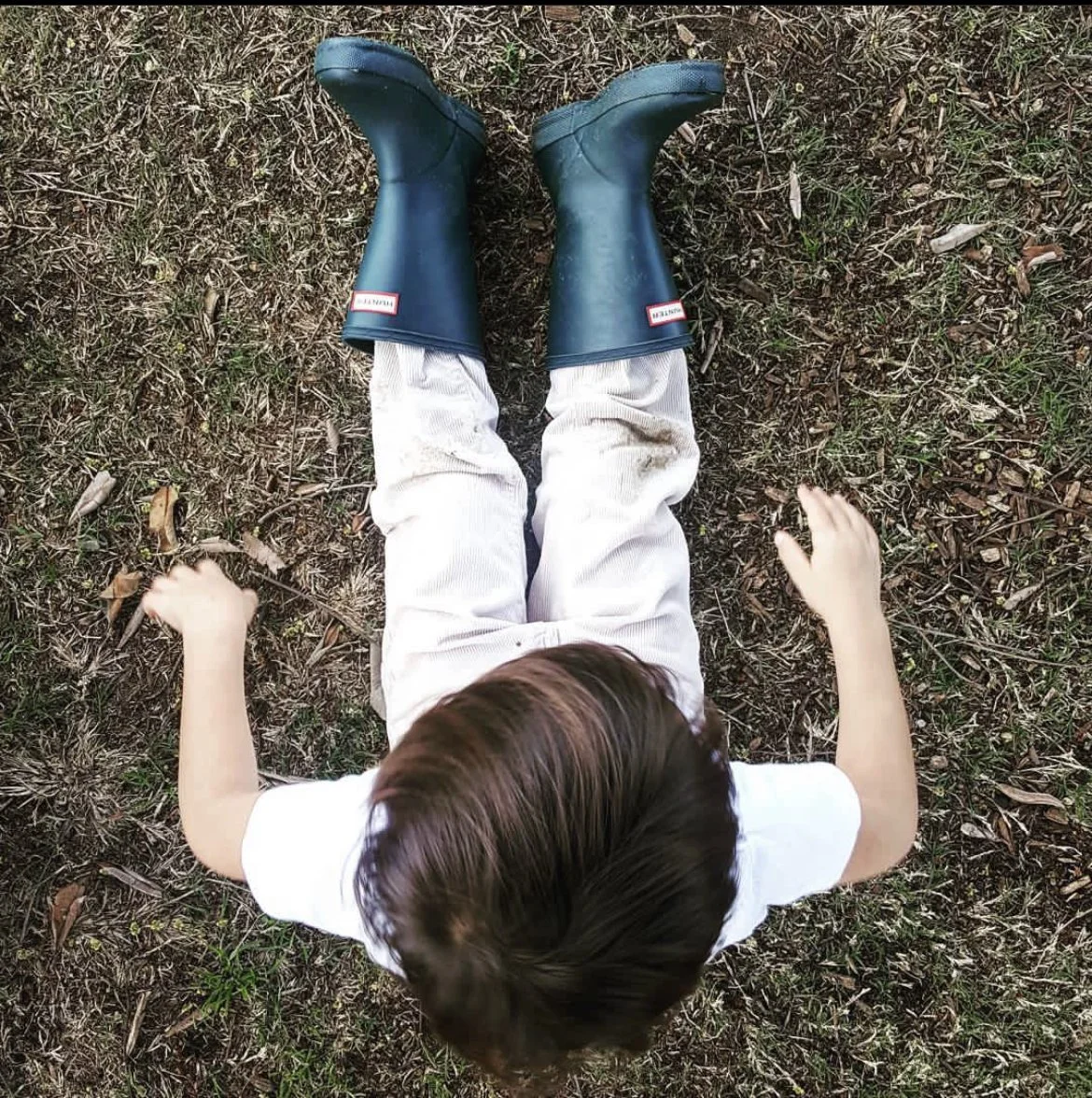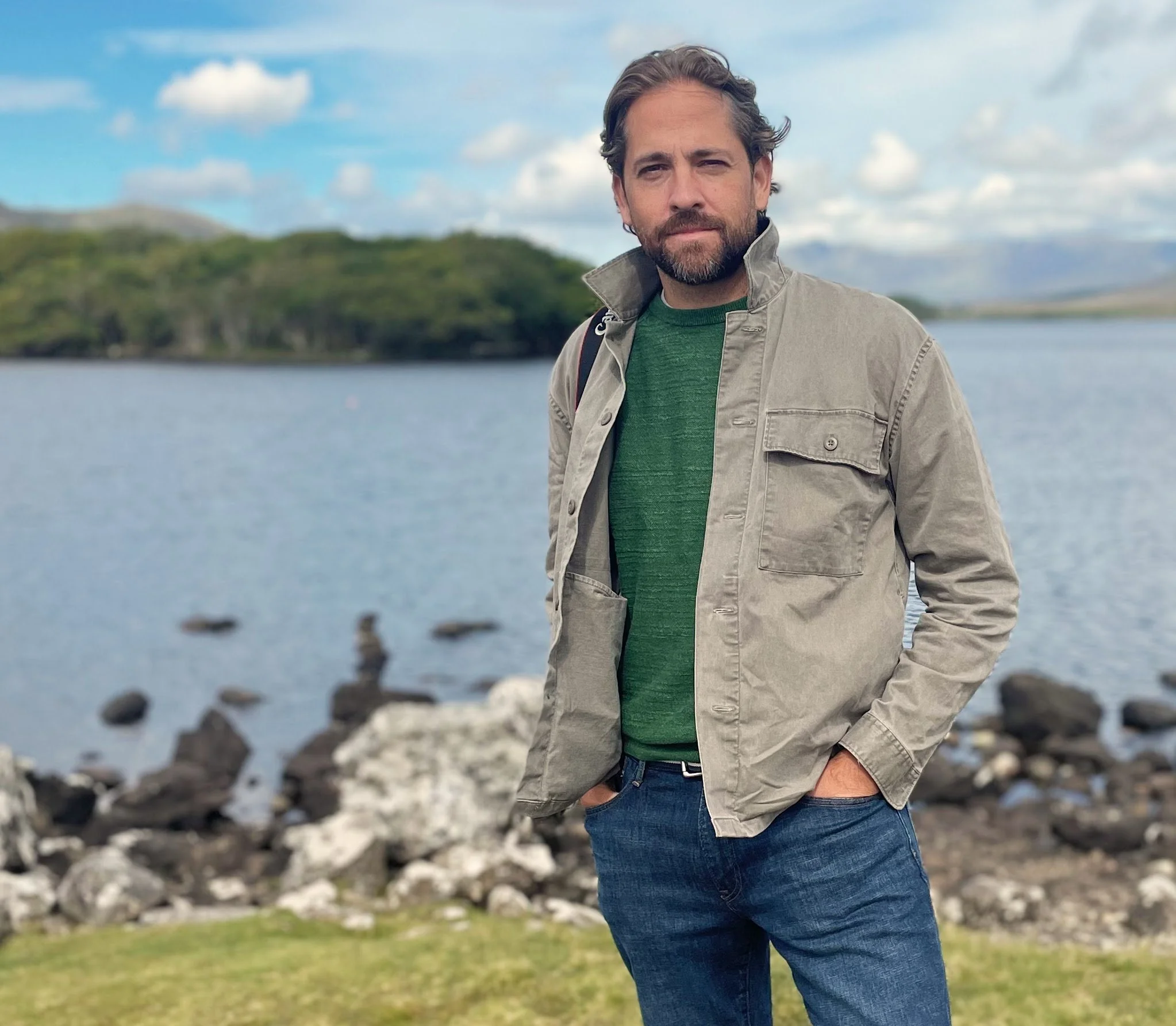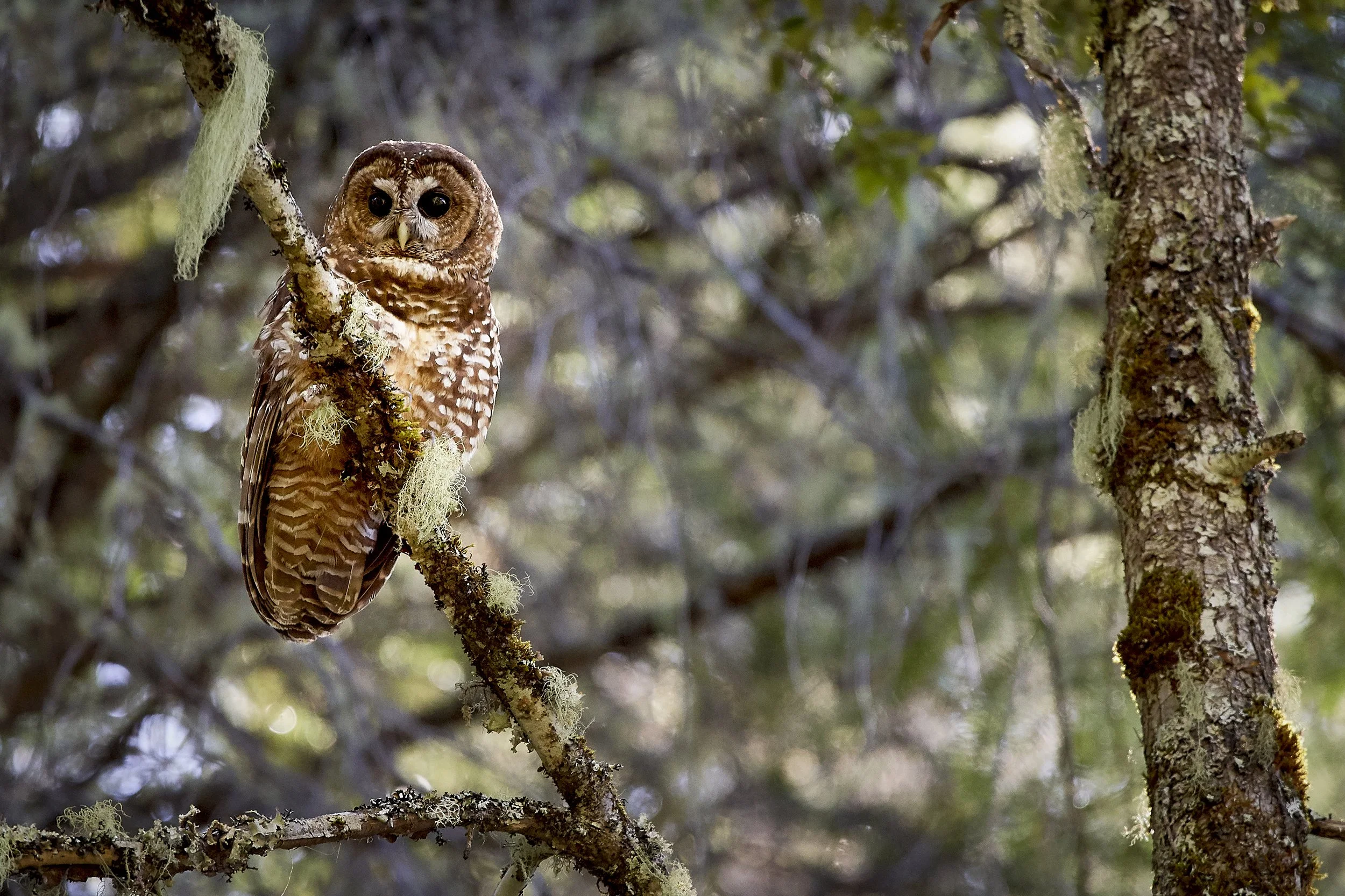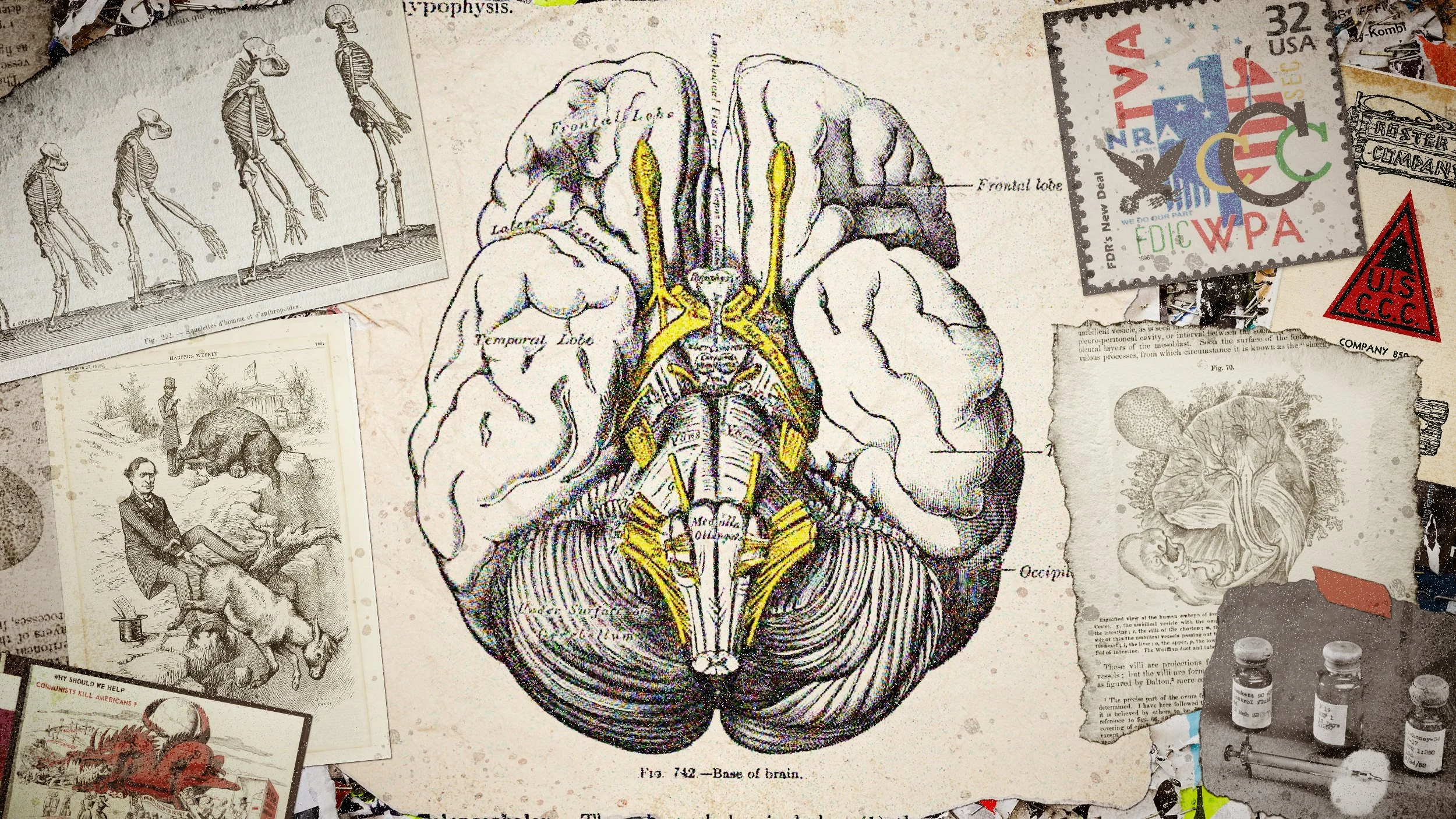Rain, Rain, Go Away. No, Stay! No, Go Away...
Paley's dog, Scout, wanting to go out for a walk but not wanting to be seen in public. Image credit: Dan Paley (Instagram: @danpaley23)
Rain, Rain, Go Away. No, Stay! No, Go Away…
Californians whiplash between climate hope and worry
by Dan Paley
June 21, 2023
Forms of water that make life possible in the arid parts of California exist on a spectrum, with desirability at one end and usefulness at the other. The Pacific Ocean, a state-long vibe that stretches from the sunny beaches of SoCal to the moody fog of NorCal, treats families like mine to surfing and swimming, sunbathing and photography. The California State Water Project, which holds water behind dams and transports it more than 700 miles down canals and up and over mountains, irrigates our fields and flows from our faucets. In between are rivers, lakes, streams, and snow caps, which store the water that eventually trickles down to slake our thirst and power our grid. The question, always, is how to capture water in wet years and how to distribute it in dry ones.
Paley's youngest son scanning the coastline at Bixby Bridge, Big Sur, CA. Image credit: Dan Paley (@danpaley23)
In 2023, after roughly a decade of drought, fire, and dust that put water conservation and distribution policy debates front and center, California enjoyed a winter of plenty, owed to a body of water that isn’t in California so much as above it. Between October 2022 and March 2023, an atmospheric river carried 31 storms our way, lined up offshore like impatient cargo ships waiting to unload their goods at the Port of Los Angeles. The river forms over the Pacific when warm air rises, creating a low-pressure system close to Earth’s surface. The air around the system, often wet and warm from the tropics, rushes in to fill the low-pressure sponge, and the rotating systems spin off a hefty current toward my backyard. The volume of flow can be up to 15 times that of the Mississippi River. It crashes into the coastal and interior ranges, climbs upward, and dumps its moisture as rain or snow.
Last winter, the river in the sky flooded fields and cities, damaging infrastructure and estuaries alike, but it also restored our water supply. Between December 26, 2022, and January 9, 2023, nearly the entire state received rainfall 400% to 600% above average totals. There was hope it would wipe out the drought as it filled every conceivable storage container with water. It also replenished the all-important snowpack, where water is stored during winter in mountainous areas, accumulating with each fresh dusting, growing deeper and more compact, setting up to sustain us through the inevitable dry months with a slow, gradual melt.
Awash in precipitation, my kids and I missed the weather that normally spoils us rotten: year-round pool days were rained out, we went to the beach less often, we had to buy a doormat. Some blamed it on the La Niña or El Niño climate patterns that throw off weather in the Pacific, disrupting the trade winds and sending warmer moisture to the West Coast.
One thing I know for sure is that my three niños were oft stuck inside, bouncing off the walls or wearing out their thumbs on game controllers. My wife bought a rain jacket and booties for our dog, an English pointer who must run or walk or chase for hours each day. Is there anything more “LA” than putting a rain jacket on a dog bred in England?
But all this rain also caused more serious problems. In February, my nieces and hundreds of middle school students at a weeklong science camp in the mountains above Los Angeles were caught beneath one of the atmospheric rivers. The blizzard it brought trapped them for an extra four days. At the first opportunity, the California Highway Patrol escorted school buses shod in snow chains to bring the kids home safely. Other residents of mountain towns, cut off from supplies and buried up to their roofs, were not so lucky. Authorities are still trying to determine the number of storm-related deaths. In northern California, helicopters air-dropped hay to feed thousands of cattle starving in the snow.
Still, given our history of drought, most Californians last winter were standing by the window with coffee mugs in hand, repeating the classic dad maxim, “Boy, we really needed this rain.”
I’m not so sure. In forest ecology, there’s a saying about the importance of fire for the health of a landscape: “Not all fire is bad, not all trees are good.” As I looked out the window last winter, coffee mug in hand, I found myself questioning whether we really needed more rain.


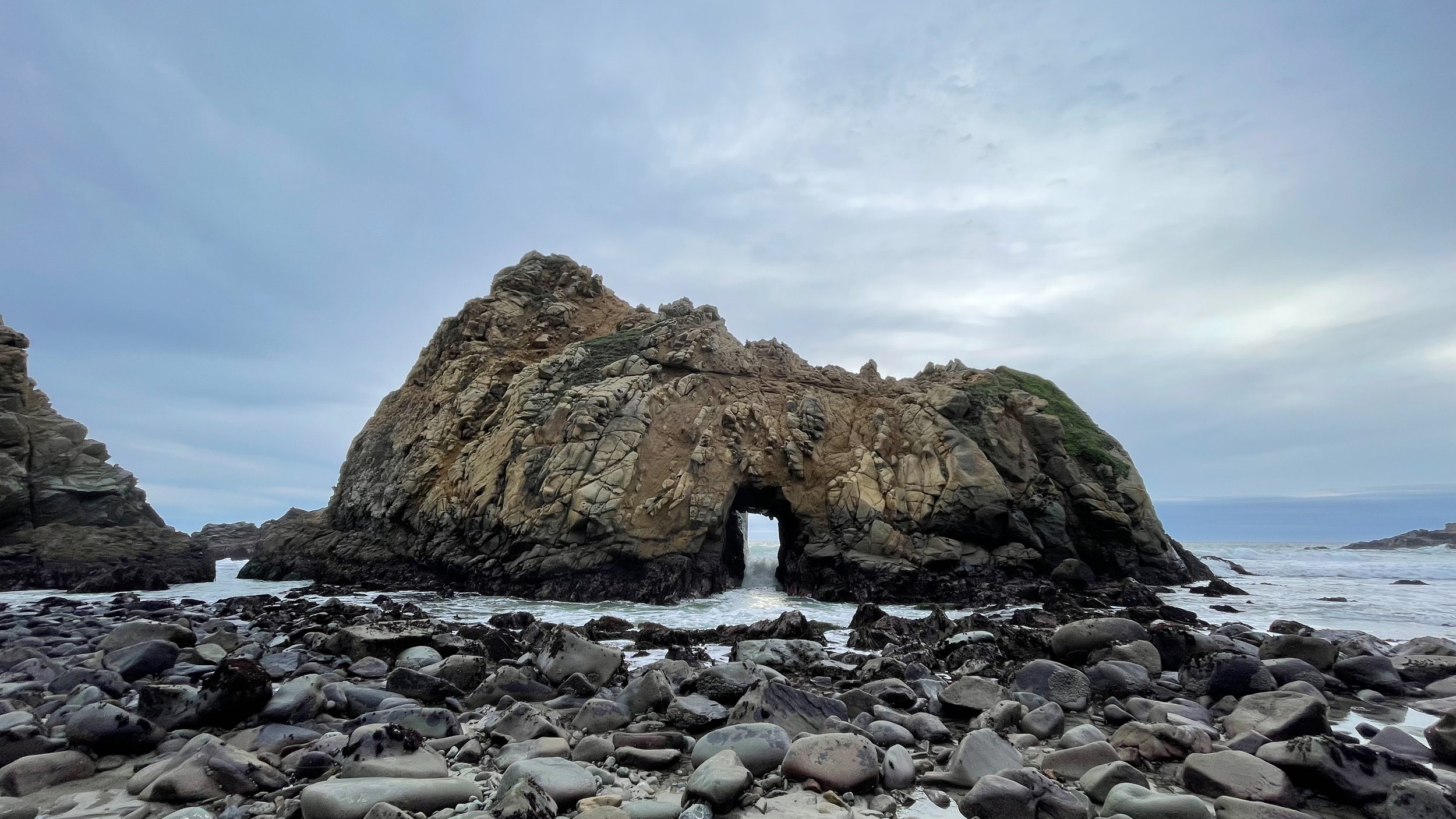
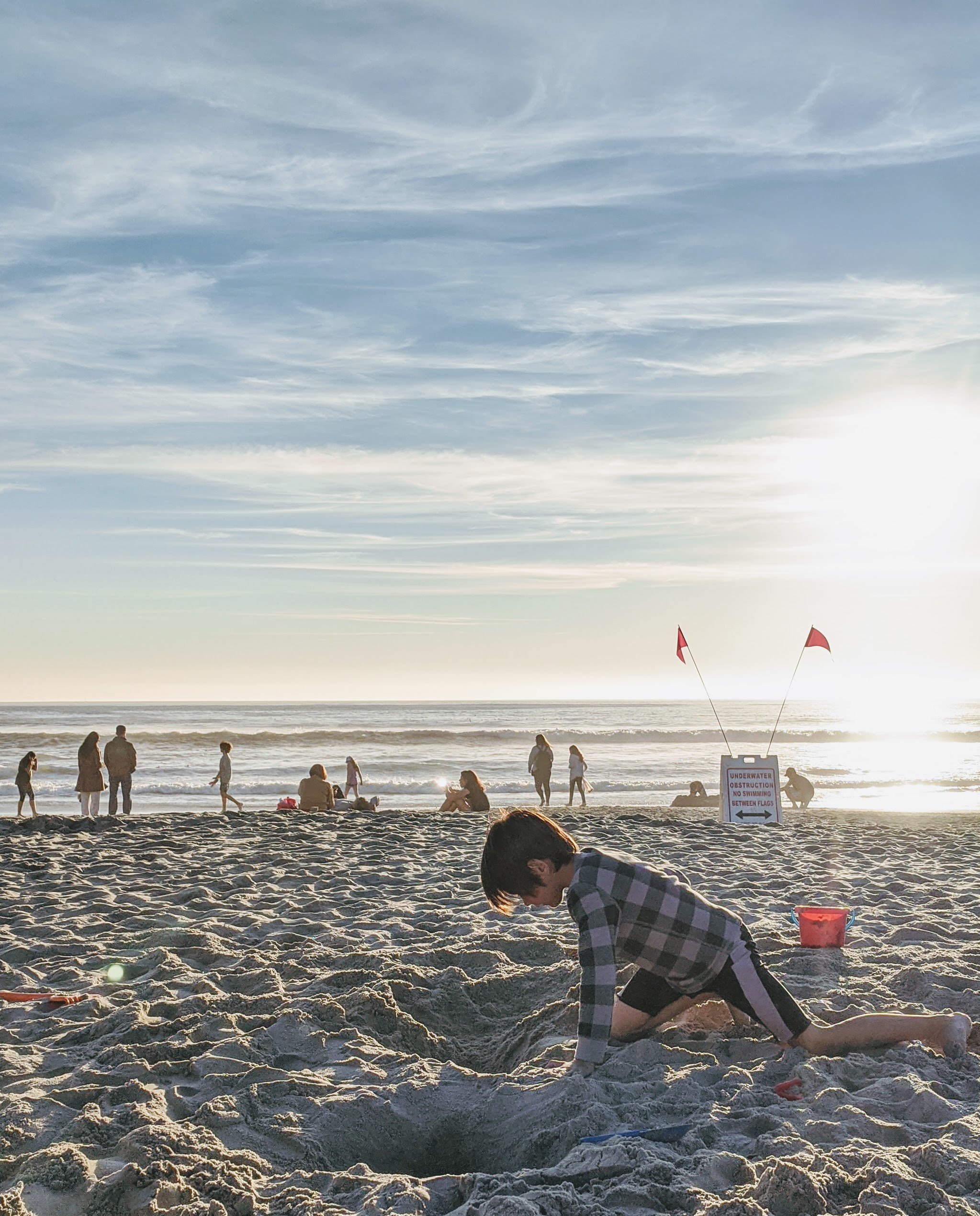

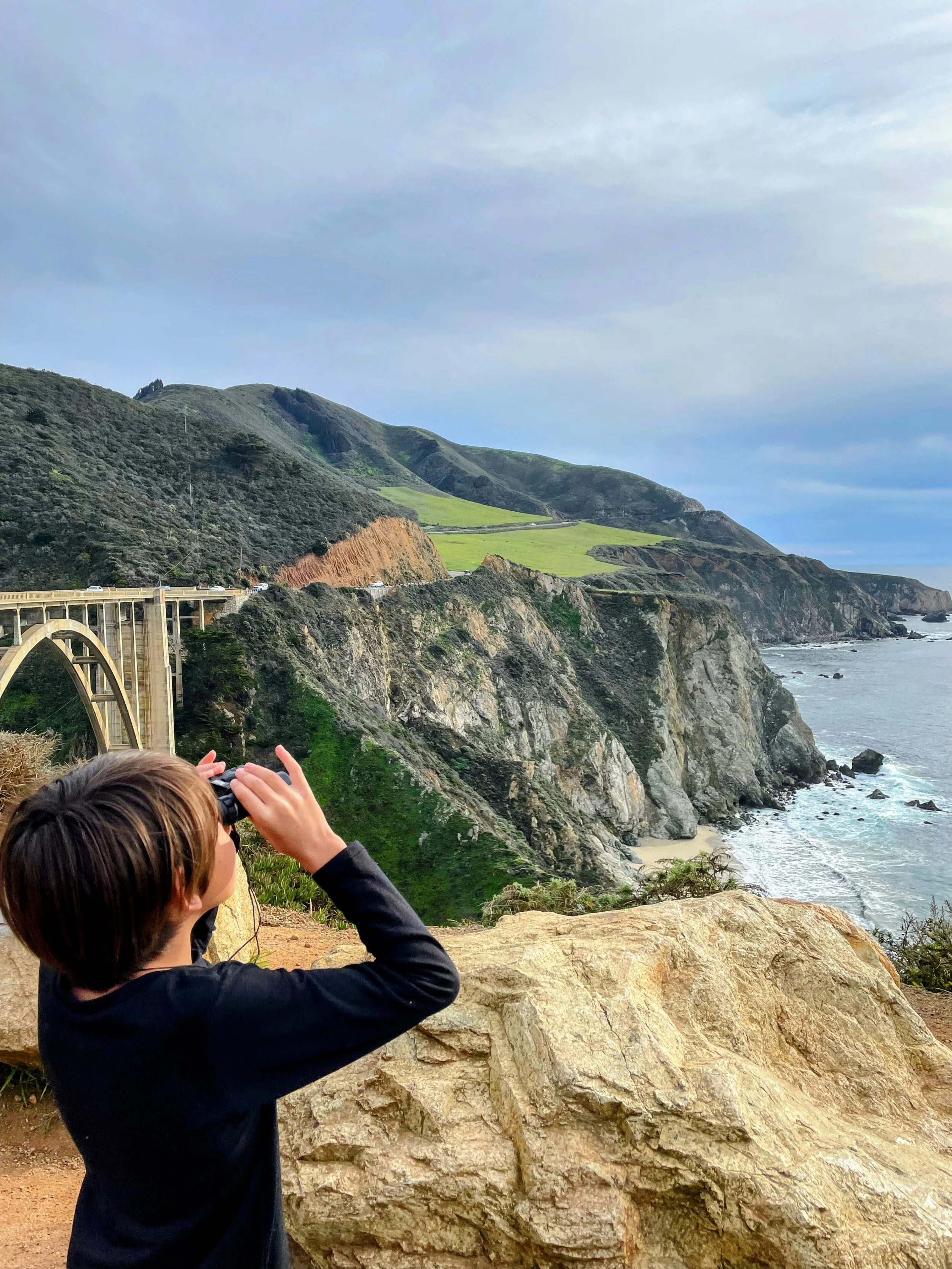
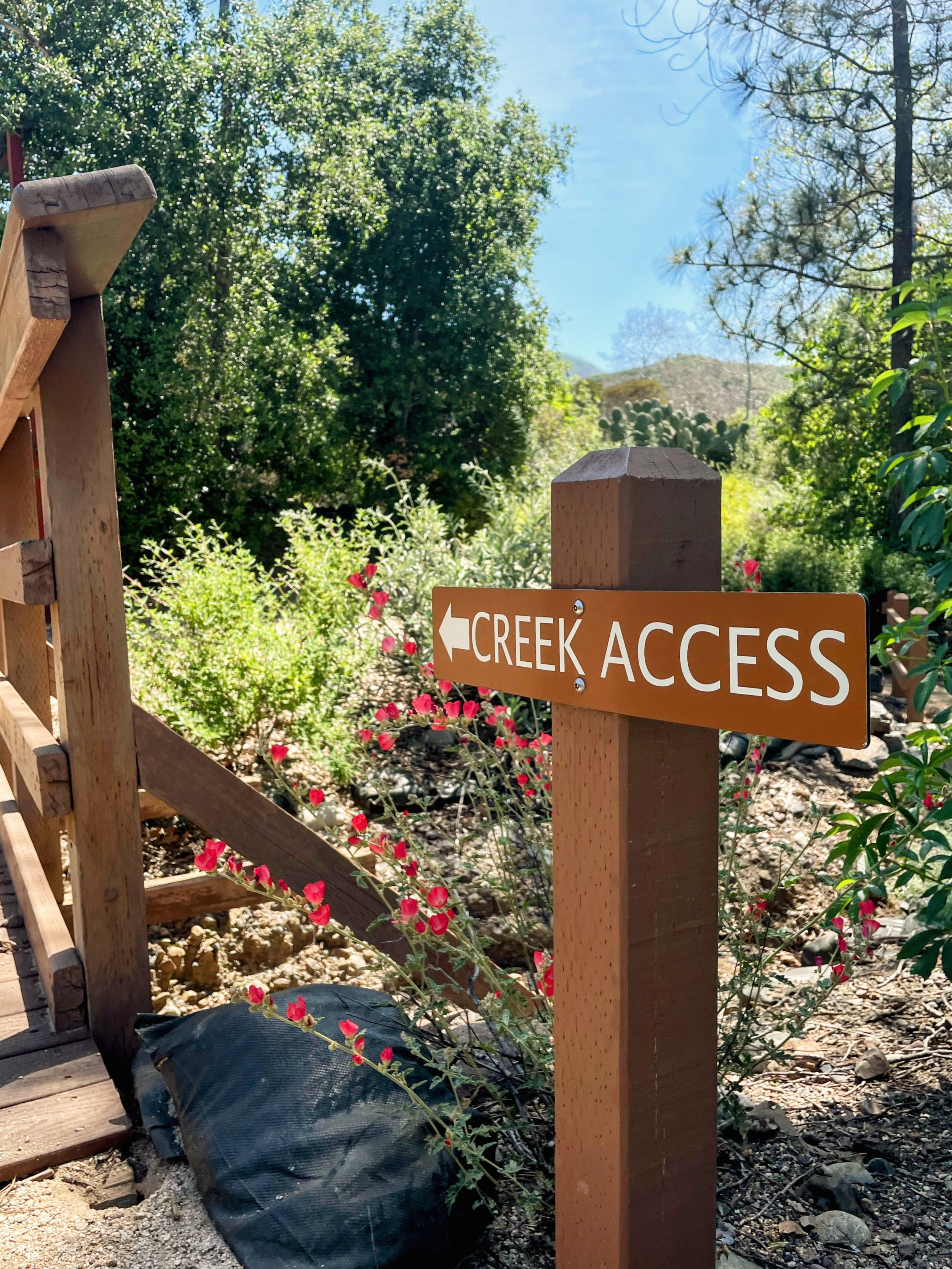


Don’t get me wrong. The rain was great, really great, with the snowpack and reservoirs creeping toward record levels. But by early March, we were facing another atmospheric river, and we were worried. It was warmer than previous flows, this time syncing with juicy moisture inbound from Hawaii, combining to form what’s known as the “Pineapple Express.” Suddenly, the snowpack we’d been building all winter, and the snowmelt we’d been counting on for summer, was in peril.
In its place, potential destruction loomed. Warm rain and rising temperatures through spring and summer were likely to melt the snow far too soon, far too fast, in far too many places, causing sprints of runoff, bloated waterways, and busted canals. Rain in California is great to the extent we can store it — either in frozen form up high or in reservoirs down below — and how well we can transport it, either in canals or groundwater systems. Too much water in one season risks damage onshore or wasted runoff back into the big, blue Pacific.
But that’s California, a state of extremes. The boundless Pacific and the bone-dry Mojave. The granite alpine peaks of the Sierra Nevada and the below-sea-level sands of Death Valley. The towering sequoias of Yosemite and the chaparral scrub of Santa Monica.
In the time I’ve been here, I’ve tried to get a handle on the policies that have shaped the state and the paradox of what to attend to, and why, when, and where. In recent years, our attention has been on drought and flames. We’ve debated whether and how to share the water.
The author's middle son out for a romp through puddles and mud. Image credit: Dan Paley (@danpaley23)
But sometimes in California, despite all our debates, despite all our efforts to manage resources and steward the landscape, a river rushes in and washes it all away. New debates surface, and old ones reverse course, recalling Steinbeck’s exercise on perspective: “And it never failed that during the dry years the people forgot about the rich years, and during the wet years they lost all memory of the dry years. It was always that way.”
By winter’s end, the kids could sit still no longer. They went outside and swam in the upside-down river. The youngest splashed through puddles in twice-handed-down rain boots still in perfect condition. His brother tempted the dog with a soggy tennis ball, but she remained firmly on the dry side of the doorway.
Just two years ago, standing on this stoop under the orange glow of a nearby wildfire, I did my best to answer their questions. Who protects us from those fires? How do they get so big? This year, they were asking when the rain would stop and what could be done about the flooding. It’s all part of the enigma of life in California, a place where people grapple with extremes. It will be their turn sooner than we think.
Correction (11/20/23): A previous version of this article misquoted John Steinbeck's “East of Eden.” The article has been corrected.
Dan Paley
Dan Paley is an author of books for children. His forthcoming book They Hold the Line: Wildfires, Wildlands, and the Firefighters Who Brave Them is due out from Chronicle Books in October 2023. His essays have explored topics like parenting in the age of Instagram for The Wall Street Journal and sports and politics in the 2016 presidential election for The Philadelphia Inquirer. He lives in Southern California.
Senior Editor: William Kucinski
Art Editor: Tara Holley
Copy Editor: Colin O'Connor
Layout Editor: Rachel Lense

